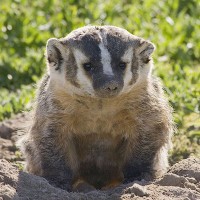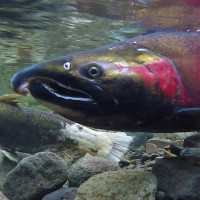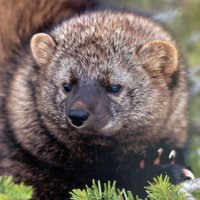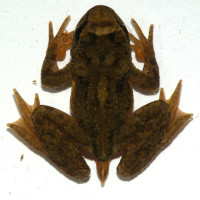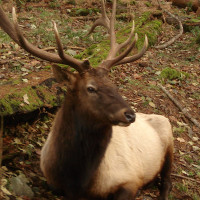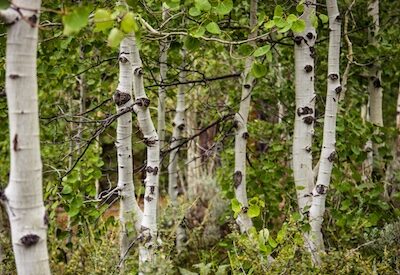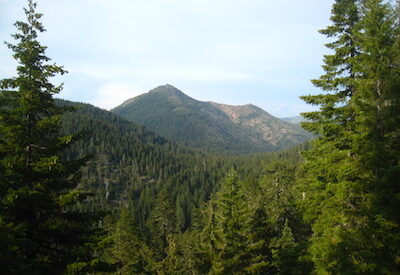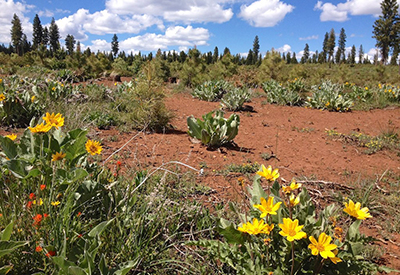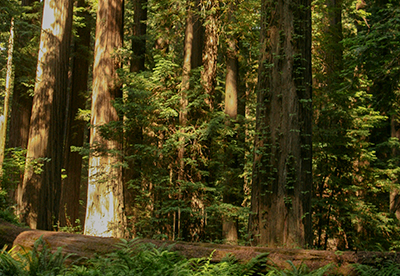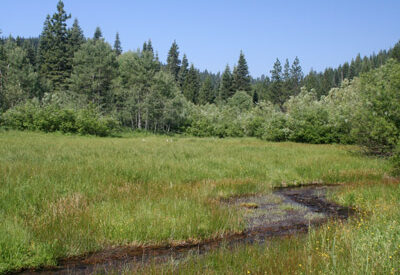Redwood Habitat
Known for their iconic trees that reach up into the atmosphere, redwood forests are important for a whole host of reasons, including some we’re only beginning to understand. Although many people are familiar with the diversity of life a redwood forest floor has to offer, not many realize there are separate ecosystems thriving hundreds of feet above their heads in the upper branches. Recent explorations by tree-climbing scientists have revealed a host of organisms that populate the tops of redwood trees.
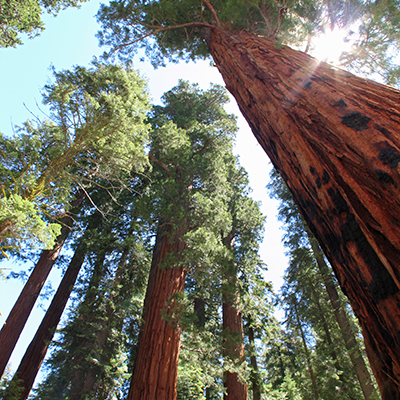
QUICK FACTS
- The tallest and largest trees in the world are species of redwood trees
- Although they have the potential to grow into forests with enormous trees, their cones are among the smallest
- Redwood forests rely on their ability to delicately harvest moisture from the coastal fogs that regularly roll over them
- Among the most beloved forest types in the U.S., they have inspired impassioned protests to ensure their protection, like those led by Julia “Butterfly” Hill, and have appeared in many movies, such as Star Wars
- Redwood lumber since it is unusually resistant to rotting
About Redwood Forest Habitat
Redwood forests stretch along a thin belt on the Pacific coast of northern California and southern Oregon, occupying the southern end of the temperate rainforest zone of the Pacific Northwest. Despite being in a rainforest zone, seasonal dryness has forced these forests to adapt, using a shallow root system to sop up moisture dripping from its needles as summer coastal fog blankets their canopy.
A variety of wildlife species call the redwoods their home. These include banana slugs, Pacific giant salamanders, and red-bellied newts, along with raccoons, bobcats, Pacific fishers, pine martens, black-tailed deer, Roosevelt elk, marbled murrelets, and northern spotted owls. Streams passing through redwood forests often contain coho salmon, steelhead, and trout.
The stately and awe-inspiring nature of the redwoods are an economic driver thanks to the millions of tourists who flock to visit the numerous redwood parks in California. Yet redwood forests also produce timber that is among the most valuable on the market, owing largely to its durability and warm hues, as well as the ability of redwoods to regrow rapidly. As a result, many redwood forests have been cut over at least once, if not twice, in the past century. In fact, less than five percent of the original old-growth redwood forest remains from pre-settlement times.
Photos: Title Image by Miguel Vieira.
Why Conserve this Habitat?
Redwoods are one of California’s many unique and defining characteristics that are universally beloved. However, because redwood forests are found in a very restricted range, their vulnerability to warming temperatures and changing precipitation patterns brought on by climate change is felt not just by those who live among them, but by any who have stepped under their lofty, lush canopy.
Despite this vulnerability, redwood forests can also help to stem the severity of climate change. Their ability to rapidly sequester carbon dioxide from the atmosphere and store it for extremely long periods of time—whether in large, old trees or in durable wood products—make them an effective tool for minimizing the negative impacts of the increasing concentrations of greenhouse gases in our atmosphere.
How We Conserve this Habitat
Explore What We Do
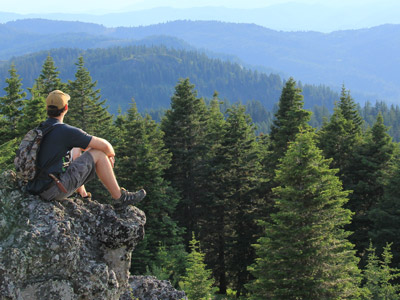
Conserve Forests
We work with landowners to conserve well-managed forests, building resilient landscapes.
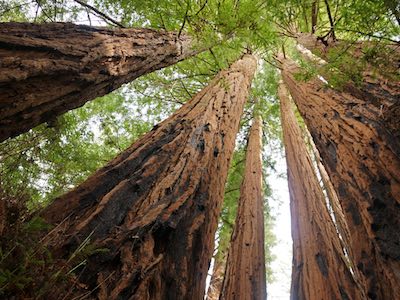
Advance Climate Solutions
We protect, restore, and sustain forests to mitigate climate change and help species adapt.
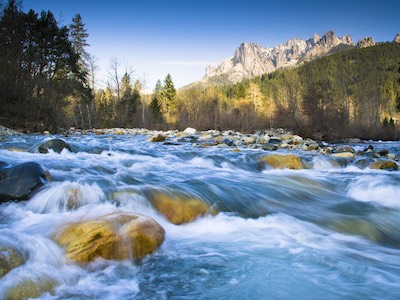
Protect Water Sources
We ensure water security by protecting forests that provide life-sustaining water to millions.
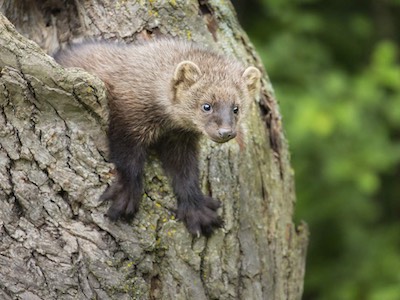
Save Wildlife Habitat
We conserve and restore habitat to protect the animals and plants that depend on forests.

